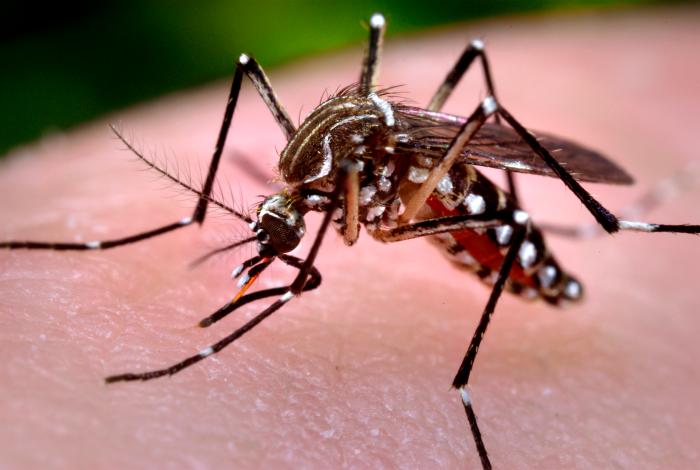After reporting in excess of 120,000 dengue fever cases and 322 deaths in 2015 and more than 100,000 cases and 231 deaths last year, the Malaysia Ministry of Health has reported a decrease in cases and deaths in 2017.

For the year, health officials saw 83,374 cases and 171 deaths (through Dec 16) with more than half the cases reported from Selangor state (45,000).
In the past 50 years, the incidence of dengue worldwide has increased 30-fold, largely as a consequence of the growth of cities and increased travel.
Dengue fever is an infectious disease carried by mosquitoes and caused by any of four relateddengue viruses. This disease used to be called “break-bone fever” because it sometimes causes severe joint and muscle pain that feels like bones are breaking.
People get the dengue virus from the bite of an infected Aedes mosquito. It is not contagious from person to person. For more infectious disease news and information, visit and “like” the Infectious Disease News Facebook page
Malaysia: Umrah pilgram tests positive for MERS
There are three types of dengue fever in order of less severe to most: the typical uncomplicated dengue fever, dengue hemorrhagic fever (DHS) and dengue shock syndrome (DSS).
The World Health Organization (WHO) estimates there may be 50–100 million dengue infections worldwide every year. However, new research from the University of Oxford and the Wellcome Trust, using cartographic approaches, estimate there to be 390 million dengue infections per year worldwide.
Related:


